Freckles vs Sunspots
Jump To:
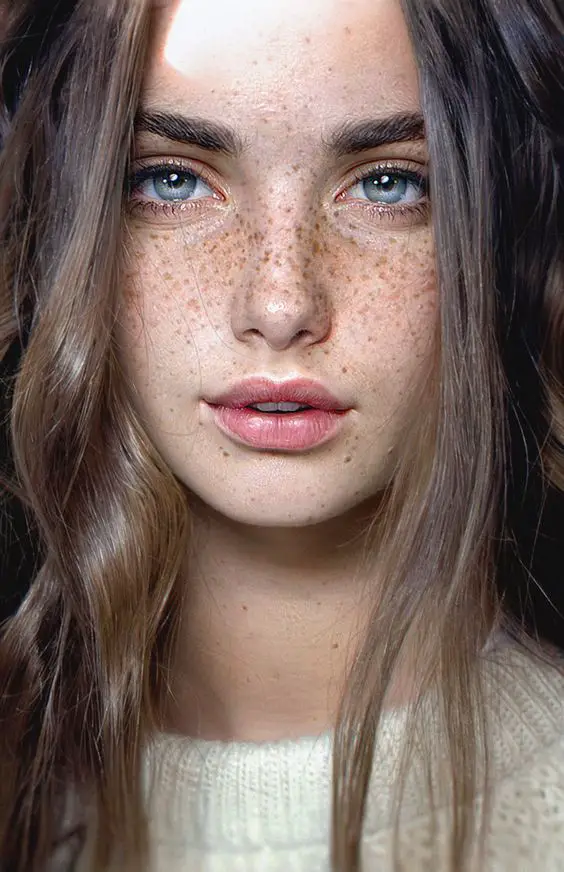
You may notice that your skin changes every time summer arrives. Sunspots and freckles may quickly develop on your skin as the days become longer, sunnier, and warmer. It can be difficult to distinguish between sunspots and freckles.
What is the difference between freckles and sunspots? Each will cause discoloration on the skin so you can mix them up. Sunspots have a greater diameter than freckles and are more defined. They also have a deeper appearance.
Freckles are small brown spots that occasionally appear on the body and face. Some people will be born with freckles while others will only have freckles in the summer. It is important to care for freckles and sunspots.
Although sunspots are generally harmless, they can become serious if left untreated or exposed to the sun. Freckles can also be benign and may diminish with the approaching winter season.
It’s up to you to decide if you want to hide your sunspots or freckles. SPF is essential to protect your skin. What else should you know about sunspots and freckles?
What are Freckles?
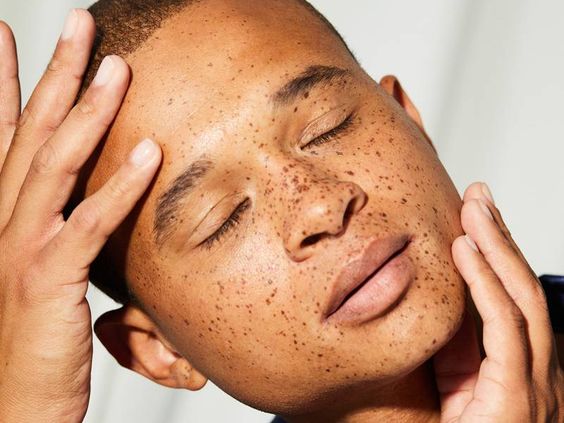
You can have freckles at birth or naturally develop them during the summer months, as we mentioned. Freckles are most common in people with fair skin that are usually harmless and have small amounts of melanin. These are small, brown dots no larger than 2-5mm in size. These can be found all over the body, including the face.
Permanent freckles are possible because of the MC1R gene. Freckles are uniform in size and color. They may fade in winter but some people have freckles all year.
Why do freckles appear?
Freckles are due to both genetics and the natural environment. The MC1R gene is responsible for freckles. If you are born with freckles-producing genes, increased sun exposure could also cause freckles. Freckles are caused by an overproduction of melanin, which is responsible for hair and skin color. The UV radiation stimulation is what causes freckles.
What are sunspots?
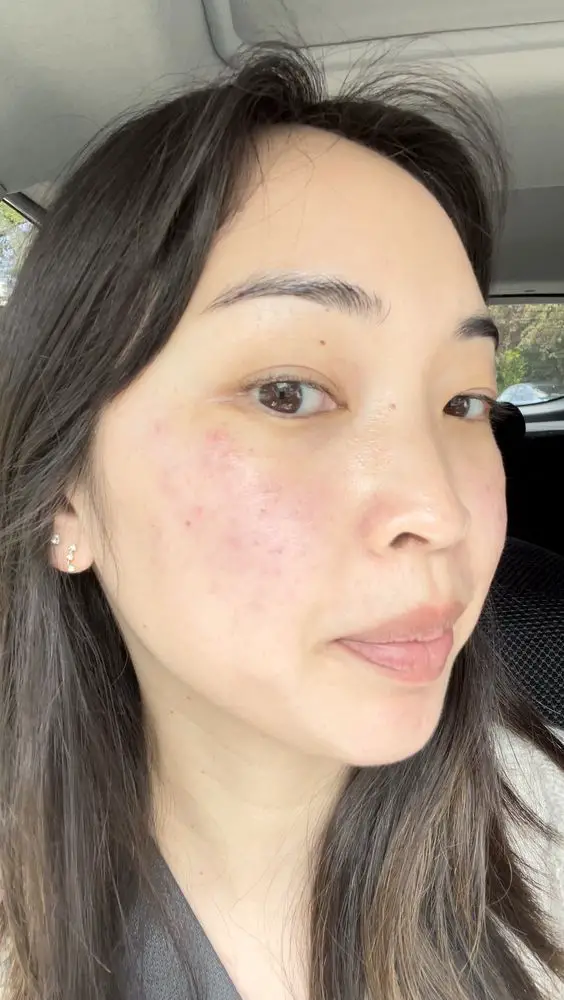
Sunspots can be confused with freckles. There are two types of freckles. One produces tiny dots that we recognize as freckles and the other is known to produce sunspots, liver spots, or age spots.
Sunspots are more common among adults than in older generations. They are similar to freckles and pose no risk. They can vary in size, color, and shape.
What causes sunspots to appear?
Sun exposure can also cause sunspots, as the name implies. Sunspots are easier to spot than freckles because they are larger than freckles. These spots can also be caused by aging.
Sunspots can also be caused by multiple pigmented skin cells joining together to form one spot on the body and face. These spots are more common in people of fair complexions, and those who are older.
Sunspots vs Freckles
“Ephelides” are what most people associate with freckles. The darkened patches on the skin that appear during adulthood are called solar lentigines. This includes sunspots, freckles, and aging spots.
There are many similarities between sunspots and freckles. They can both be caused by excessive sun exposure and can be treated in the same way. Sunspots and freckles can be reduced by staying in the shade, exfoliating, and using SPF.
What is the difference between sunspots and freckles? Freckles can be reduced or fade with time. Freckles are more common in children and young adults than in older people. Sunspots, however, are more prevalent in older people.
Everyone can develop sunspots. However, not everyone can have freckles. The MC1R gene is responsible for freckles. This means that freckles can either be caused by genetics or the environment.
Sunspots can happen to anyone, even if they aren’t protected from the sun. Most people will develop sunspots in their 40s, 30s, or later in their lives.
There are also differences in the appearance of freckles and sunspots. Freckles, for example, are more uniform and smaller than sunspots, which are larger and can take on different shapes and sizes.
How to Care for Freckles
No matter if you have freckles, it is important to take care of your skin. Freckles can appear more frequently on people with fair skin. This can make the skin more sensitive to environmental factors.
Although freckles can be harmless, it is important to care for them so that they don’t become something more serious. Although it is rare for freckles with severe skin conditions to develop, it is possible.
SPF
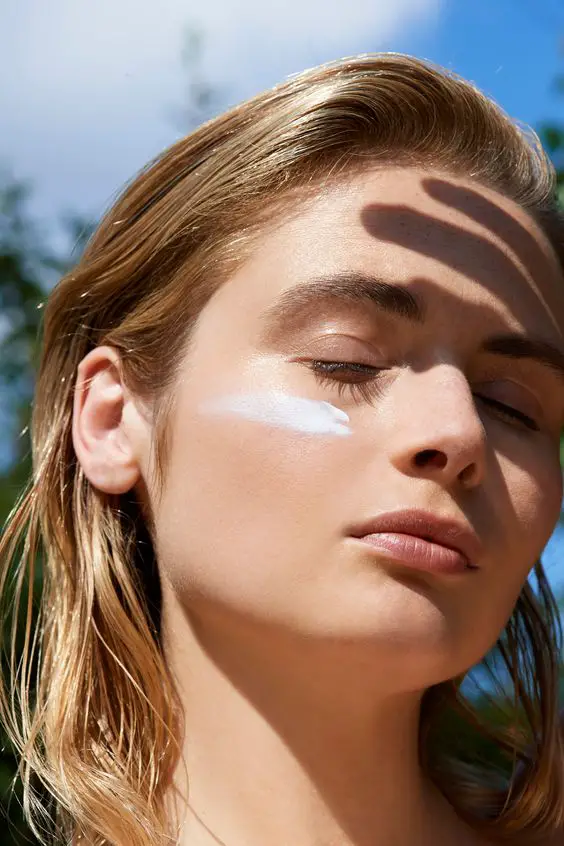
SPF is an important step in any skincare regimen.
These sunscreens will protect freckles from the sunlight and may even reduce their appearance. Sunscreen will protect you from sunburns and help you look younger.
For maximum protection, SPF should be applied at least every two hours. For anyone who wants to maintain a healthy and resilient skin, this is vital. You’ll also need to protect your skin more often if you spend a lot of time in the sun.
Minimize Sun Exposure
A good tip to care for freckles is to limit sun exposure. If you don’t want your freckles to get worse or you want your skin to stay young, this is a great tip. There are many ways to reduce your sun exposure.
Sunscreen, umbrellas, hats and long-sleeve t-shirts can all be helpful in reducing sun exposure.
Important to remember that freckles can occur anywhere on the body. To reduce exposure to the sun, you can cover the skin with clothing.
How to Enhance Freckles?
Everyone is loving freckles as the beauty industry becomes more inclusive and welcoming. Many editorial shoots feature freckles drawn on.
You can easily enhance freckles and embrace natural skin. These techniques will enable you to embrace freckles and not risk sunburn from being outside too much.
Draw On Freckles
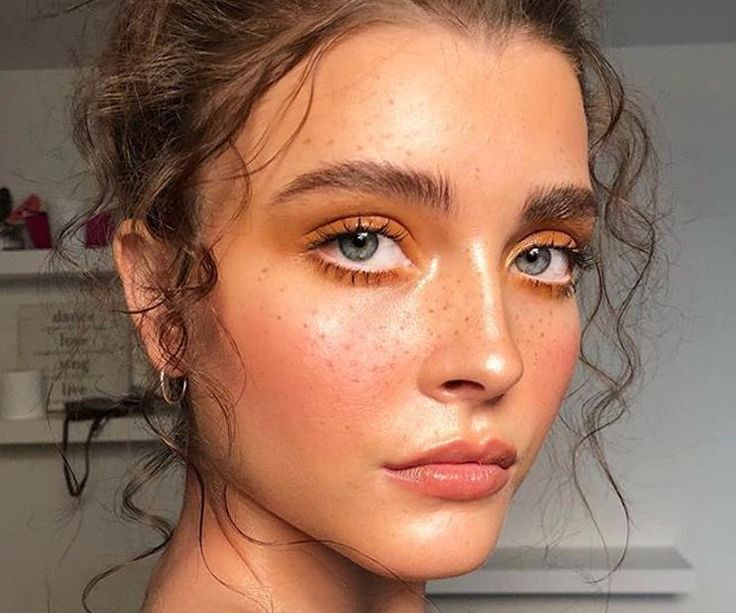
It is easy to draw freckles using makeup, or cover freckles that you already have with makeup. Take, for example, an eyeliner/brow product that matches your natural freckle color. After that, apply the product to your face and body. There are now special freckle pens available. These freckle pens mimic freckles’ natural appearance.
Focus On The Eyes
Focus on your eyes and let your freckles shine. Creating a unique eye look can complement your freckles. Your freckles will pop if you choose the right eyeshadow shade.
How to Diminish Freckles?
You can also try to minimize freckles. There are many ways to reduce freckles. You can exfoliate, apply SPF, stay inside, or cover them with makeup.
Important to remember that freckles may fade in winter and as you get older. Follow these steps to find summer remedies.
Stay in the Shade
You can reduce freckles by either staying in or finding a shaded area to relax. Cover up with hats, sunglasses, and umbrellas. In the summer, a reduced amount of sun exposure can help to reduce freckles.
Apply Foundation
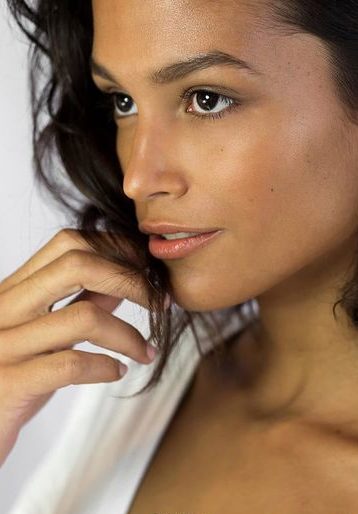
Foundation can be used to temporarily cover freckles. Applying a foundation with a dense brush to cover freckles is the best way. This will give you an opaque and even finish.
Regularly exfoliate
Frequent exfoliation and daily application of sunscreen will reduce freckles. A chemical exfoliant can be used at home to reduce discoloration or you can visit a specialist in chemical peels.
How to Care for Sun Spots
Sunspots can be treated in the same way as freckles, treated or healed by prevention. Sunspots, which are also known as freckles, will likely appear later in life than they did when you were young.
Apply sunscreen every day to avoid sunspots. Other ways to prevent sun spots include exfoliation, applying antioxidant serums, and eating a healthy diet. You can also reduce your sun exposure.
Minimize Sun Exposure
You can reduce or eliminate sun spots and freckles by spending less time outside. Your skin will thank it, no matter if you spend more time in the shade or stay under cover.
The best preventive measure is to limit sun exposure.
How to Diminish Sun Spots?
It’s easy to see that the same techniques you use for reducing freckles can also be used to prevent or reduce sunspots. These include home skincare and medical treatments by a dermatologist.
SPF
This article has mentioned SPF many times. SPF can help prevent the appearance of sunspots, but it can also do more. SPF can prevent sun damage and cancerous cells from growing.
Sunspots are generally harmless, but can become more serious if they are larger, appear different, have a texture, or change in color. Don’t forget to apply sunscreen.
At-Home Exfoliation
Chemical exfoliants or retinoids can be added to your skincare routine. These products can be used to exfoliate the skin’s surface and encourage new cell growth.
Because retinoids, chemical exfoliants, and retinoids increase sun sensitivity, you will only see the results if your sunscreen is used consistently. Avoid mixing retinoids with chemical exfoliants as they can cause skin damage or burn.
Brightening/Antioxidant Serums
These serums can be used to combat the effects of harsh environmental factors and promote a more even and brighter complexion. These serums can be used as preventive measures to lessen the appearance of sun spots later in life.
Chemical Peels
You can have chemical peels done by licensed professionals if you already have sunspots. Chemical peels can be performed in a clinic to achieve a more effective and efficient exfoliation than home treatments.
Chemical peels are a great way to get younger skin and a more even complexion. You can also reduce the appearance of sunspots. However, don’t forget your SPF.
Apply Concealer
Makeup can also be used to eliminate sunspots. To cover sun spots, you only need a concealer with high coverage. You can also use a color corrector to cover sunspots that are extremely pigmented.
Are Freckles and Sun Spots a Concern?
Sunspots and freckles are generally harmless and benign. There is a small chance that they could become more severe. Although the odds of developing into a more serious condition are slim, it is possible. You just have to be careful with your skin.
If you notice changes in the color, size, or texture of your sunspots and freckles, it is a good idea to consult a dermatologist. It’s important to immediately contact your doctor if your freckles and spots become larger, darker, or more textured.
If your freckles or sunspots look the same, it’s usually okay. People can live with sunspots and freckles, but it doesn’t affect their daily life.
Talk To A Dermatologist
A dermatologist is the best provider for treating sunspots and freckles. If you want to remove them permanently, they can help you with the proper treatment.
A yearly visit to the dermatologist is a good idea for keeping track of sunspots and freckles. Regular appointments will keep your skin healthy and prevent any suspicious growths.
A dermatologist can also help you create a skincare regimen to treat your sunspots and freckles.
Conclusion
It is surprising to discover that freckles and sunspots share many similarities. They can be both caused by increased sun exposure, and they can share the same treatments. You can reduce them by using SPF and exfoliation.
Freckles are usually caused by the MC1R genetic. Sunspots can occur in anyone, but it is possible to get them from more exposure.
Freckles are more common in youth than sunspots. Freckles may disappear with time or during winter. Sunspots can develop later in life.
Both have different looks. Both freckles, as well as sunspots, can be treated with a simple cream. If you do notice any changes, consult a dermatologist immediately.
Do I have freckles or sunspots?
Freckles are also known to fade with age. Sunspots are flat areas of discolouration or spots, that can be tan or varying shades of brown. In comparison to freckles, sunspots are usually darker, larger and have a more defined shape. Sunspots also tend to stay this way regardless of the amount of sun exposure.
Is a freckle a sun spot?
Freckles actually serve a purpose. In a way, they act like sun screens and are a natural way to block the UV rays from penetrating the deeper layers of the skin. They are not a sign of sun damage, but rather protect areas of the skin that are particularly sensitive to ultraviolet light.
Do freckles count as dark spots?
Freckles are small dark spots, usually less than five millimeters in diameter, where the skin cells have produced extra pigmentation. Most freckles are uniform in color, but they vary depending on skin tone. They can be red, tan, light brown, dark brown, black, or any color that is darker than the person’s skin color.
What is the difference between age spots and freckles?
Unlike freckles, which are common in children and fade with no sun exposure, age spots don’t fade. Age spots: Are flat, oval areas of increased pigmentation. Are usually tan to dark brown.
What do sunspots look like?
Sunspots appear as flat, darker patches of skin (tan to dark brown) that are found on areas of the body that have experienced high levels of sun exposure such as the face, shoulders, hands, chest, and the backs of hands.
Are sun freckles permanent?
Freckles often fade or disappear with age, while solar lentigines become more common as people get older. You can help keep freckles from getting darker, and reduce the likelihood that more will appear, by taking steps to shield your skin from sunlight, especially during the summer months.
What’s the difference between a beauty spot and a freckle?
Are beauty marks or freckles dangerous? Freckles are completely harmless and don’t have the potential to turn malignant. Beauty marks, however, while usually harmless, can turn cancerous. Always consult a dermatologist to determine whether you should be concerned about a mole.
What causes freckles to be more visible?
Freckles Causes and Risk Factors The harmful rays of the sun can make your freckles darker and easier to see. This is more likely if you have light skin. Too much sun may also cause your skin to become: Tanned.
Can you get freckles without sun damage?
Yes, you need sun for actual, natural freckles. Genetics plays a big part in whether you’ll be born with real freckle potential, but you’ve got to get that sun exposure for those coveted spots to make their appearance.